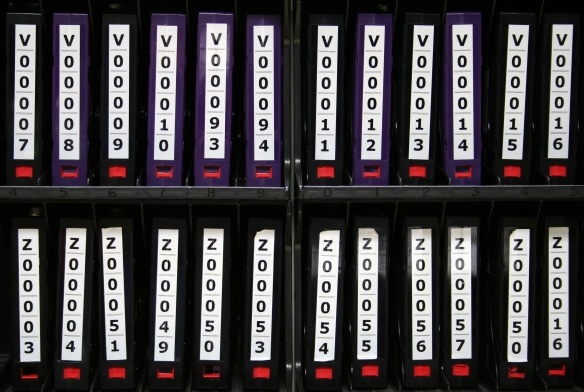A requesting party issued a third party subpoena on the ATF for email messages created between 2000 to 2009. The Court denied the production of the messages on the grounds the emails were not reasonably accessible because of being stored on back-up tapes. The moving party also failed to demonstrate good cause to order the production of the requested information. The Court also addressed the proportionality of the request under Federal Rule of Civil Procedure Rule Rule 26(b)(2)(C). Baranski v. United States, 2015 U.S. Dist. LEXIS 71584, *52-54 (E.D. Mo. June 3, 2015).
The Court began the proportionality analysis highlighting the emails were between six to eight years old and stored on back-up tapes for disaster recovery. Baranski, at *52.
The Court further noted that the production of the emails would “involve substantial costs and time and the active intervention of computer specialists,” which had been explained by expert affidavit. Id.
An added factor included that the emails would have to be searched by specific users and the requesting party had not identified any users to be searched. Id. This made the discovery request not sufficiently specific. Baranski, at *53.
The Court further drove home the proportionality analysis that the cost could not be justified for the requested information without some showing that the requested emails contained information to resolve the issues in the lawsuit. Id. As such, the Court denied the requesting party’s subpoena.
Bow Tie Thoughts
Proportionality is the balancing of two factors: 1) What must be done to make the data accessible (including cost, time on the project, what technology must be used) and 2) How is the information going to be beneficial to the case.
Cost is irrelevant if the information has not objective value to a lawsuit. A party seeking information that especially requires translation into a reasonably useable form should be ready to state why it supports the causes of action in a case, with specific custodians, time frames, and any other information to assist the Judge in making her ruling. Without knowing how the information will move the case forward, a Court will be hard pressed to order expensive data recovery procedures.


Since you are interested in “proportionality,” you should check out the Duke Center for Judicial Studies’ draft Guidelines and Practices: https://law.duke.edu/sites/default/files/centers/judicialstudies/guidelines_and_suggested_practicesthird_draft.pdf
They are open for public comment until August 21st.